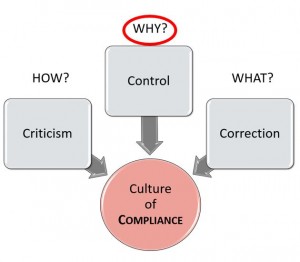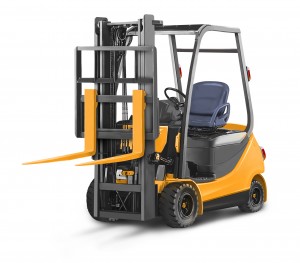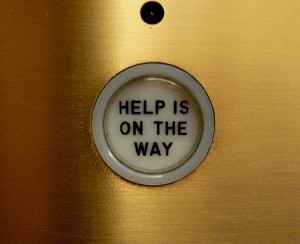Most organizations that seek to achieve safety excellence realize that this performance level can only be attained with strong leadership. When it comes to safety, there are two prevalent leadership philosophies. There is a stark contrast between the resulting safety cultures. We can better understand the differences by realizing that each is grounded in very different motives. One approach emphasizes control, while the other starts with caring.
Control = Compliance
Some managers define “strong leadership” as carrying a big stick. These managers believe that any time there is an injury or near miss, their principal responsibility is to hold people accountable. In practice, this means that the primary reason they have any safety conversation is to exert more control.
These managers believe that if people would simply comply with the policies, rules, and procedures, then no one would get hurt. Armed with this reasoning, they strive for greater control by criticizing actions that are inconsistent with established policies. Safety conversations center on correcting errant behaviors through counseling or discipline.
 This safety philosophy leads to a Culture of Compliance.
This safety philosophy leads to a Culture of Compliance.
The graphic shown here demonstrates the actions which lead to this kind of safety culture, which is summarized in the following statement:
If the reason (Why) you have any safety conversation is to exert control, the approach will be to criticize (How) and seek compliance through correction (What).
A Culture of Compliance results in a false sense of improved safety performance, because many incidents are driven underground. The official safety numbers may look good. However, the number of unreported near misses and unrecorded minor injuries are indicative of an insidious safety culture. Because the causes are never acknowledged and addressed, they accumulate until a significant event occurs. Continue Reading





 All of us know about the importance of giving and receiving feedback. If the goal is improved behavior or performance, effective and timely feedback is essential. Most of what we read on this topic is focused on how to give feedback. There is considerably less advice on how to get useful feedback from others.
All of us know about the importance of giving and receiving feedback. If the goal is improved behavior or performance, effective and timely feedback is essential. Most of what we read on this topic is focused on how to give feedback. There is considerably less advice on how to get useful feedback from others.